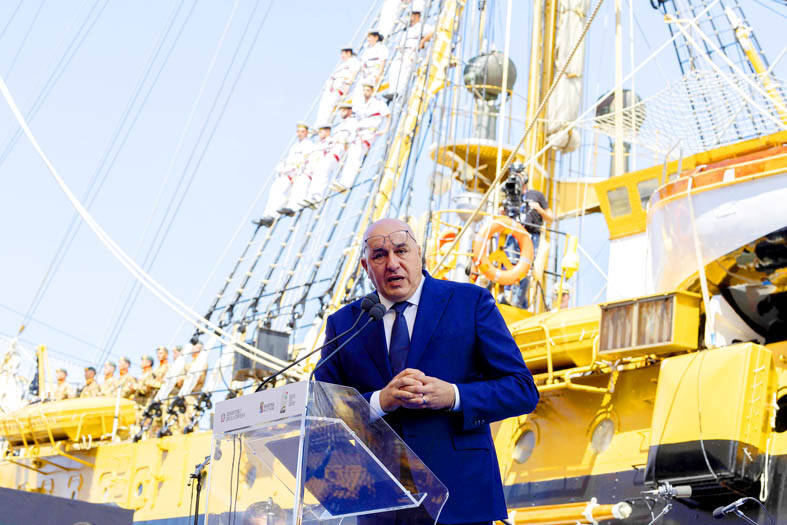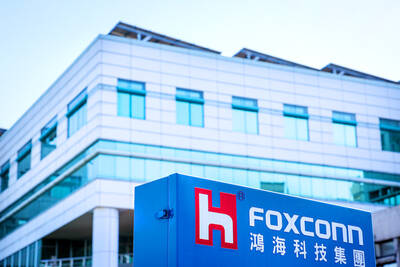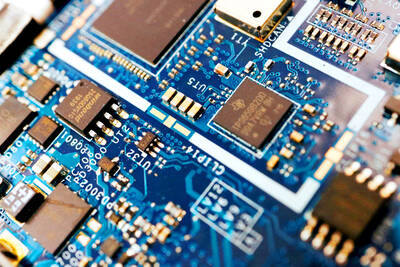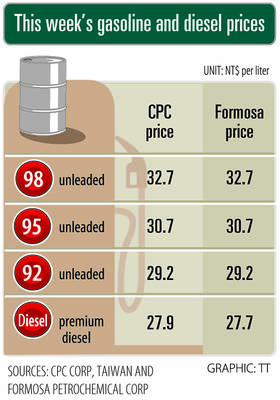Italy made an “improvised and atrocious” decision when it joined China’s Belt and Road Initiative (BRI) four years ago, as it did little to boost exports, Italian Minister of Defense Guido Crosetto said in an interview published yesterday.
Italy signed up to the BRI under a previous government, becoming the only major Western country to have taken such a step. Crosetto is part of an administration that is considering how to break free of the agreement.
The BRI scheme envisions rebuilding the old Silk Road to connect China with Asia, Europe and beyond with large infrastructure spending. Critics see it as a tool for China to spread its geopolitical and economic influence.

Photo: EPA-EFE
“The decision to join the [new] Silk Road was an improvised and atrocious act” that multiplied China’s exports to Italy, but did not have the same effect on Italian exports to China, Crosetto told the Corriere della Sera newspaper.
“The issue today is: how to walk back [from the BRI] without damaging relations [with Beijing]. Because it is true that China is a competitor, but it is also a partner,” the defense minister added.
After a White House meeting with US President Joe Biden on Thursday, Italian Prime Minister Giorgia Meloni said her government had until December to make a decision on the BRI, and also announced she would soon travel to Beijing.
In an interview on Saturday with the TG5 Italian news program, Meloni said it was a “paradox” that even if Italy is part of the BRI, it is not the G7 country with the strongest trading links to China.
“This shows that you can have good relations and trading partnerships” even outside of the BRI, she added.
The deal was signed in 2019 under the administration of former prime minister Giuseppe Conte, drawing criticism from Washington and Brussels, and Italy is highly unlikely to renew it when it expires early next year.

Hon Hai Precision Industry Co (鴻海精密) yesterday said that its research institute has launched its first advanced artificial intelligence (AI) large language model (LLM) using traditional Chinese, with technology assistance from Nvidia Corp. Hon Hai, also known as Foxconn Technology Group (富士康科技集團), said the LLM, FoxBrain, is expected to improve its data analysis capabilities for smart manufacturing, and electric vehicle and smart city development. An LLM is a type of AI trained on vast amounts of text data and uses deep learning techniques, particularly neural networks, to process and generate language. They are essential for building and improving AI-powered servers. Nvidia provided assistance

DOMESTIC SUPPLY: The probe comes as Donald Trump has called for the repeal of the US$52.7 billion CHIPS and Science Act, which the US Congress passed in 2022 The Office of the US Trade Representative is to hold a hearing tomorrow into older Chinese-made “legacy” semiconductors that could heap more US tariffs on chips from China that power everyday goods from cars to washing machines to telecoms equipment. The probe, which began during former US president Joe Biden’s tenure in December last year, aims to protect US and other semiconductor producers from China’s massive state-driven buildup of domestic chip supply. A 50 percent US tariff on Chinese semiconductors began on Jan. 1. Legacy chips use older manufacturing processes introduced more than a decade ago and are often far simpler than

GREAT SUCCESS: Republican Senator Todd Young expressed surprise at Trump’s comments and said he expects the administration to keep the program running US lawmakers who helped secure billions of dollars in subsidies for domestic semiconductor manufacturing rejected US President Donald Trump’s call to revoke the 2022 CHIPS and Science Act, signaling that any repeal effort in the US Congress would fall short. US Senate Minority Leader Chuck Schumer, who negotiated the law, on Wednesday said that Trump’s demand would fail, while a top Republican proponent, US Senator Todd Young, expressed surprise at the president’s comments and said he expects the administration to keep the program running. The CHIPS Act is “essential for America leading the world in tech, leading the world in AI [artificial

Gasoline and diesel prices this week are to decrease NT$0.5 and NT$1 per liter respectively as international crude prices continued to fall last week, CPC Corp, Taiwan (CPC, 台灣中油) and Formosa Petrochemical Corp (台塑石化) said yesterday. Effective today, gasoline prices at CPC and Formosa stations are to decrease to NT$29.2, NT$30.7 and NT$32.7 per liter for 92, 95 and 98-octane unleaded gasoline respectively, while premium diesel is to cost NT$27.9 per liter at CPC stations and NT$27.7 at Formosa pumps, the companies said in separate statements. Global crude oil prices dropped last week after the eight OPEC+ members said they would